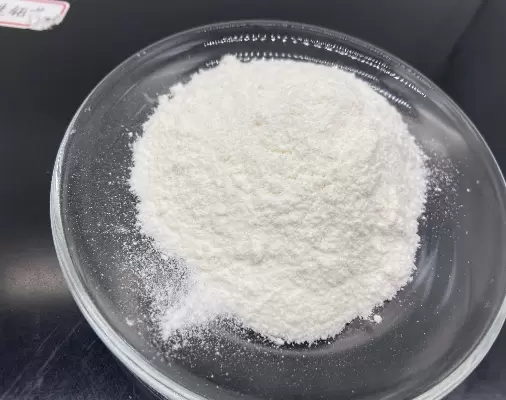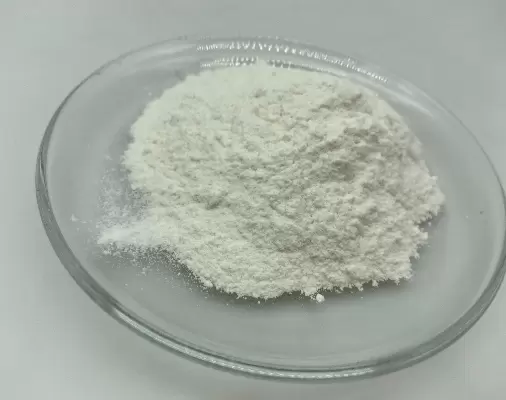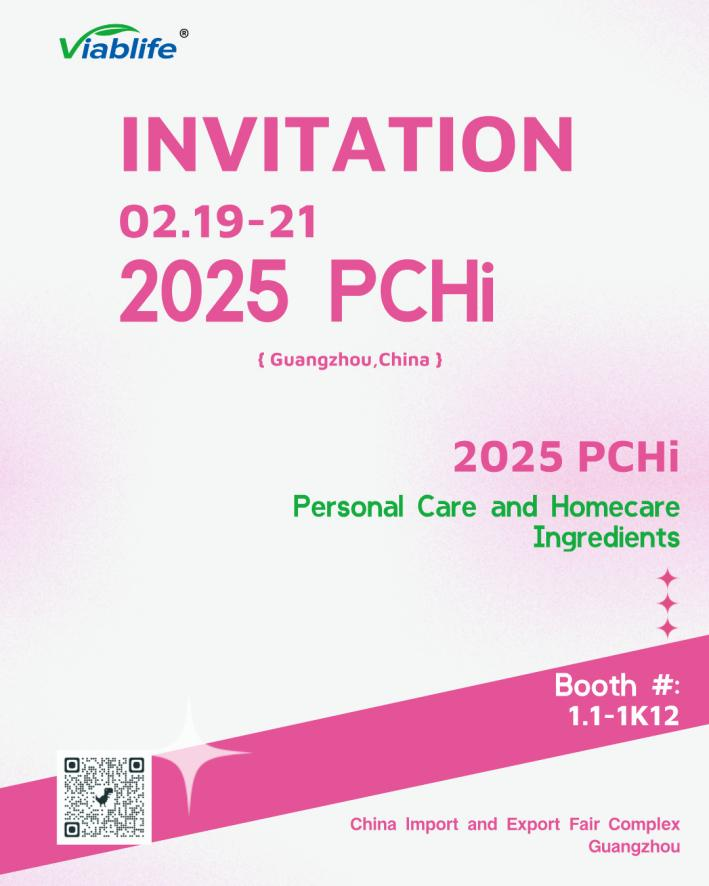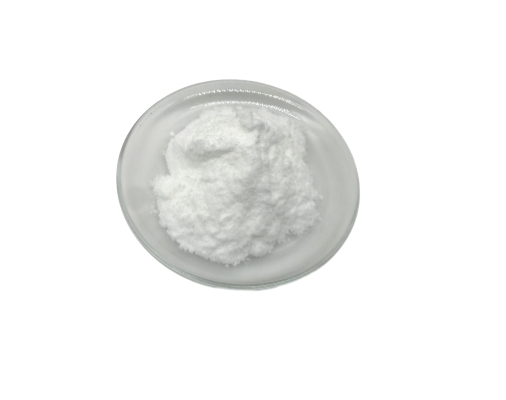ρ-Coumaric Acid, also known as 4-hydroxycinnamic acid, is a naturally occurring phenolic acid that has garnered significant attention due to its diverse applications, particularly within the cosmetic industry. This article explores the production processes, notable manufacturers, and the key applications of ρ-Coumaric Acid, emphasizing its role in enhancing cosmetic formulations.
Chemical Structure and Properties
ρ-Coumaric Acid is a derivative of cinnamic acid and belongs to the class of hydroxycinnamic acids. Its chemical structure consists of a benzene ring with a hydroxyl group (-OH) attached to the 4th carbon atom, and a vinyl group (-CH=CH2) attached to the 3rd carbon of the ring. The presence of the hydroxyl group imparts antioxidant and anti-inflammatory properties to the compound, making it valuable in various applications.

Production Processes
The synthesis of ρ-Coumaric Acid can be achieved through several methods, each offering distinct advantages depending on the desired application and environmental considerations.
1. Chemical Synthesis
Chemical synthesis is a widely used method for producing ρ-Coumaric Acid. The process typically begins with the condensation of cinnamic acid derivatives. This reaction involves introducing a hydroxyl group at the para position of the benzene ring through hydroxylation. Key steps in this synthesis include:
Condensation Reaction: Cinnamic acid derivatives are condensed with appropriate reagents to form intermediates.
Hydroxylation: The intermediates are then subjected to hydroxylation, introducing the hydroxyl group at the para position to produce ρ-Coumaric Acid.
Chemical synthesis allows for precise control over the product' s purity and yield. The process can be optimized to produce high-quality ρ-Coumaric Acid suitable for various industrial applications.
2. Microbial Fermentation
Microbial fermentation offers a more sustainable and environmentally friendly alternative to chemical synthesis. This method utilizes microorganisms, such as bacteria or fungi, to convert precursor compounds into ρ-Coumaric Acid. The key stages in microbial fermentation include:
Selection of Microorganisms: Specific strains of bacteria or fungi capable of synthesizing ρ-Coumaric Acid are selected.
Fermentation Conditions: Optimal conditions, including temperature, pH, and nutrient availability, are established to maximize the yield of ρ-Coumaric Acid.
Harvesting and Purification: After fermentation, the ρ-Coumaric Acid is harvested and purified from the fermentation broth.
Microbial fermentation is advantageous due to its lower environmental impact and the potential for producing ρ-Coumaric Acid from renewable resources. This method aligns with the growing emphasis on green chemistry and sustainability in industrial processes.

Major Manufacturers
Among the prominent manufacturers of ρ-Coumaric Acid, Viablife stands out as a leading producer. Viablife is renowned for its expertise in the production of high-quality cosmetic ingredients, including ρ-Coumaric Acid. The company' s commitment to innovation and quality ensures that its products meet stringent industry standards.
Viablife' s Production Capabilities
Viablife employs advanced technologies and rigorous quality control measures in the production of ρ-Coumaric Acid. The company' s facilities are equipped with state-of-the-art equipment designed to maintain high levels of purity and consistency in its products. Viablife' s ρ-Coumaric Acid is widely used in cosmetic formulations due to its reliable performance and adherence to regulatory requirements.
Applications in Cosmetics
ρ-Coumaric Acid is a valuable ingredient in the cosmetic industry, primarily due to its antioxidant and anti-inflammatory properties. Its applications extend to various types of cosmetic products, including:
1. Skincare Products
In skincare formulations, ρ-Coumaric Acid is utilized for its ability to neutralize free radicals and reduce oxidative stress. This action helps protect the skin from damage caused by environmental factors such as UV radiation and pollution. ρ-Coumaric Acid also has anti-inflammatory properties, making it beneficial for soothing irritated skin and reducing redness.
Key Benefits:
Antioxidant Protection: Helps prevent premature aging by neutralizing free radicals.
Anti-Inflammatory Effects: Reduces redness and soothes irritated skin.
2. Anti-Aging Formulations
ρ-Coumaric Acid is commonly incorporated into anti-aging products due to its role in combating oxidative damage. By reducing oxidative stress, it helps maintain skin elasticity and firmness, contributing to a more youthful appearance.
Key Benefits:
Prevention of Fine Lines: Reduces the appearance of fine lines and wrinkles.
Improved Skin Texture: Enhances overall skin texture and smoothness.
3. Sunscreen Products
In sunscreens, ρ-Coumaric Acid is used to enhance the product' s efficacy by providing additional protection against UV-induced damage. Its antioxidant properties complement the primary sun-blocking agents, offering a more comprehensive defense against harmful UV rays.
Key Benefits:
Enhanced UV Protection: Provides additional protection against UV damage.
Support for Sun-Blocked Agents: Works synergistically with primary sunscreen ingredients.
Future Prospects and Research
The potential applications of ρ-Coumaric Acid extend beyond its current uses in cosmetics. Ongoing research is exploring its benefits in other areas such as pharmaceuticals and functional foods. Advances in production techniques and a deeper understanding of its biological activities may lead to new and innovative applications.
Researchers are investigating the following areas:
Pharmaceutical Applications: Exploring potential therapeutic uses in treating inflammatory conditions and cancer.
Functional Foods: Investigating its role in enhancing the nutritional value and health benefits of food products.
Viablife: Pioneering Biomanufacturing
Viablife is a high-tech enterprise specializing in the enzymatic synthesis and biomanufacturing of active pharmaceutical ingredients, fine chemicals, natural dyes, pharmaceutical intermediates, and food additives. With a world-class R&D team experienced in fermentation, enzymes, metabolic engineering, and synthetic biology, Viablife is at the forefront of developing innovative and efficient biomanufacturing processes.
Viablife' s manufacturing center in Nanchang, China, exemplifies the company' s commitment to cutting-edge production technologies. The center is dedicated to developing green, efficient, and cost-effective biomanufacturing processes for natural products, in line with the company' s goal of advancing sustainable industrial practices.
Through its dedication to research and development, Viablife continues to drive advancements in the field, contributing to the creation of high-quality products and innovative solutions across various industries.
Conclusion
ρ-Coumaric Acid is a versatile compound with significant applications in the cosmetic industry, thanks to its antioxidant and anti-inflammatory properties. The compound can be produced through both chemical synthesis and microbial fermentation, each offering unique benefits. Leading manufacturers like Viablife ensure high-quality ρ-Coumaric Acid for use in various cosmetic formulations, contributing to improved skin health and appearance. As research continues, the potential applications of ρ-Coumaric Acid are likely to expand, offering new opportunities for its use in different industries.
Related Products:
2. Ceramide NP
3. Nicotinamide





 Leave a Message
Leave a Message